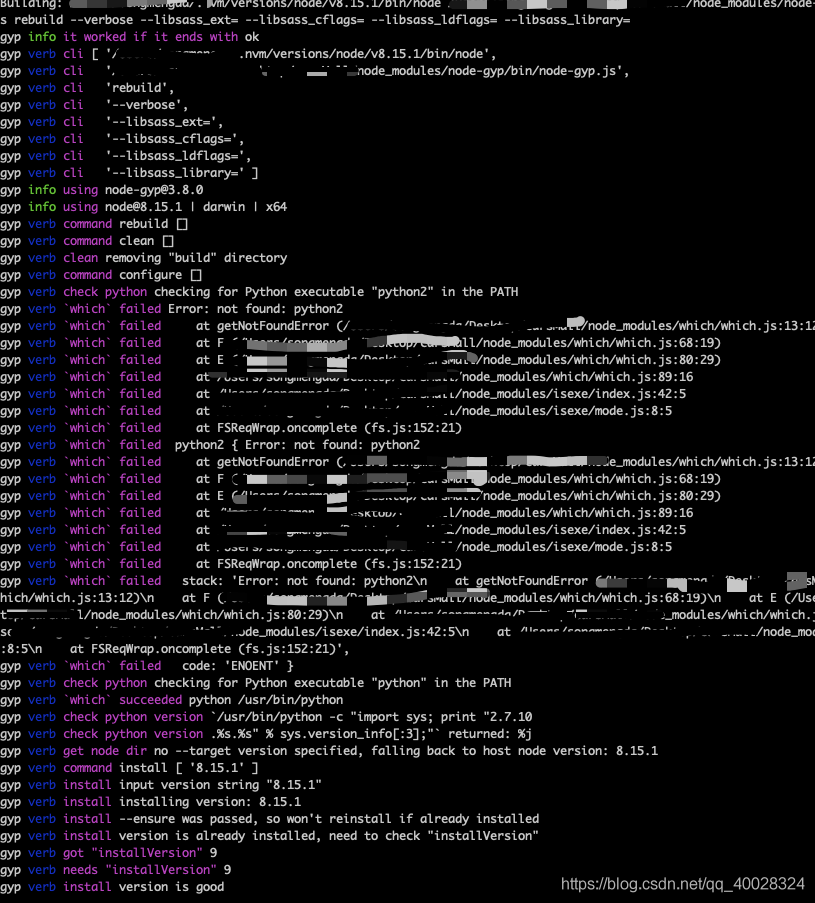

INSTALL SASS WITH NODE HOW TO
While there are numerous options for choosing how to compile the popular Sass preprocessor into regular CSS, a compiler that utilizes the LibSass engine has increasingly become more common. How to use node-sass to compile Sass files in an npm script This makes it easy to use partials to better organize your code. When working with partials, you don’t need to supply the underscore or filename extension. To import these partials into your main file, you would simply use an statement at the top of the file: // main.scss file 'grid' 'mixins' You can then have a directory of all of your partials, then one main Sass file to import these into, such as main.scss. A partial would be any Sass file that begins with an underscore ( _), for example _grid.scss. Sass encourages this modular workflow by using what is referred to as partials.
INSTALL SASS WITH NODE CODE
When working with Sass, it’s often a good idea to organize your code into reusable sections or files based on the type of styles they apply (for example, having a file for your grid layout, another file for mixins, another for color schemes, etc.). This is a quick and easy way to define columns in a basic grid structure. As an example, instead of having to write. This can be useful to show how different declarations relate to each other. NestingĪnother useful feature of Sass is the ability to nest declarations into each other. If you ever need to change the value for multiple selectors, all you have to do is change the one value in the variable. Any time you want to re-use the same color or other value, you simply need to re-use the variable, never having to remember common styles.

This is useful for at least two reasons: 1. Variables in Sass are written with a $ sign before the name, for example: $mainColor: #dbcbb4 Just like any other proper programming language, you can assign values to variables to recall any time you use it. One of the most useful features of Sass is the ability to create variables. There are pros and cons to each options, but if you are uncertain of where to get started, one of the GUI programs would be a good place to start. scss file), and then compile it into a regular. What all of these programs do is take the Sass code from one stylesheet (a. If you’d prefer to use a GUI, several recommendations include Compass, CodeKit, or Hammer. On the command line, there are the options of using the original Ruby gem, the Node.js port, or using task runners such as Gulp or Grunt. There are many different options for using Sass.

In the case of Sass, this is a script that has originally been written in Ruby, although there are ports available using other languages such as JavaScript, via Node.js.

What is a CSS preprocessor?Ī CSS preprocessor is essentially a scripting language that will turn CSS code with minor syntax variations into regular CSS3. In this post, we will take a look at what preprocessors are, why they can have such a positive impact on your CSS workflow, and how you can get started using Sass. This need has been filled by CSS preprocessors such as LESS, PostCSS, and arguably the most popular, Sass. As the life of CSS has developed, it has become seen increasingly important to have more control over organization as well as a better workflow than what is currently offered by the stylesheet language.


 0 kommentar(er)
0 kommentar(er)
